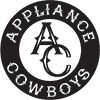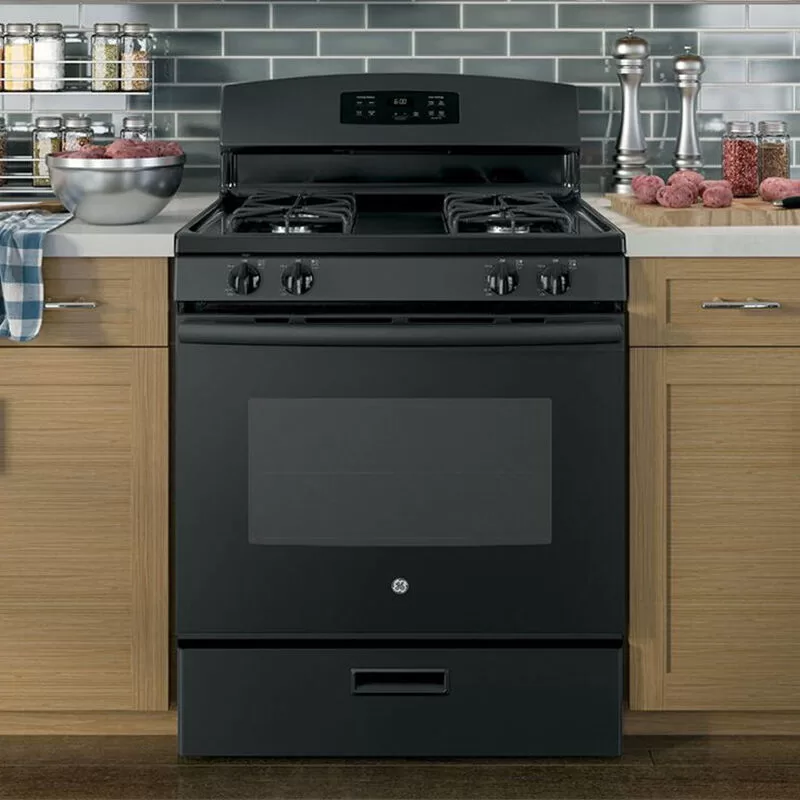DIY Guide: Fixing a Leaking GE Oven
Are you currently grappling with a water leakage issue in your GE oven?
Rest assured, you’re not alone in facing this. The inconvenience of being unable to utilize your oven due to water leaks can be exasperating. However, fear not; we are here to provide guidance and solutions to alleviate this nuisance.
If your GE oven leaks water, the root causes often refer to a malfunctioning internal window seal or a substantial temperature differential between the oven and its ambient surroundings. While this situation may seem disheartening, we have valuable insights to share that can help you address and rectify the issue effectively.
Preventing Water Leaks in Your GE Oven: A Comprehensive 4-Step Guide
In this section, I will navigate you through the potential causes of water leakage in your GE oven, offering a range of practical solutions for each issue.
#1 Condensation
Based on my observations, I’ve noticed that water can occasionally seep out from ovens, primarily due to condensation. This phenomenon occurs when the warm air generated by the oven’s heating elements makes contact with the more excellent surfaces of its outer casing. Fortunately, there is a straightforward remedy for this issue, which involves monitoring and adjusting the environmental conditions within your kitchen.
To mitigate the occurrence of condensation in your oven, it’s advisable to maintain a consistently higher ambient temperature in your kitchen. I recommend keeping your kitchen temperature at a minimum of 70 degrees Fahrenheit while cooking. This temperature adjustment is especially crucial because, when the GE oven is not actively in use, the temperature variance between the interior of the oven and the surrounding kitchen area tends to be relatively minor.
Raising the ambient temperature effectively reduces the contrast between the GE oven’s internal heat and the external environment, minimizing the likelihood of condensation forming and leaking. In essence, this simple precaution helps create a more harmonious thermal equilibrium in your kitchen, preventing unwanted moisture accumulation resulting from the temperature differential between your oven’s hot interior and the cooler exterior surfaces. So, maintaining an adequately warm kitchen while you cook is a practical and effective solution to address the issue of water leaking from your oven due to condensation.
#2 Issues With the Internal Window Seal
Should you notice water leakage from your GE oven, the root cause likely lies within the integrity of the internal window seal. When this internal window seal is compromised, steam generated during cooking can find its way out of the oven, and given that steam contains a considerable amount of water vapor, it tends to condense on the oven door as it escapes, resulting in the unwelcome occurrence of water leakage.
In my experience, particularly with older oven models, it’s not uncommon for the rubber seal around the window to degrade and develop cracks over time due to wear and tear. In such instances, replacing the deteriorated seal is the most effective course of action. You’ll find a wide array of replacement window seals online, or you can conveniently visit your local home improvement store for suitable options.
Once you’ve successfully replaced the window seal, you will likely observe a noticeable improvement in your GE oven’s efficiency. With a well-functioning seal, your oven won’t need to exert as much effort to maintain its internal temperature. Reducing energy consumption can lead to cost savings on your utility bills over time. I recommend closely inspecting the inner window seal of your oven to determine whether it requires replacement, as this simple maintenance step can yield long-term benefits.
#3 A Faulty Fan
When encountering water leaks in ovens, the issue commonly stems from fan-related problems. The oven’s fan serves multiple vital functions: it cools the GE oven and its windows, exhausts vapors from the oven into the kitchen, and shields the appliance from potential damage.
A malfunctioning fan can disrupt this essential ventilation process, causing vapors to linger within the oven. Over time, these trapped vapors can infiltrate the space between the oven’s window panels, leading to condensation issues.
While it’s uncommon for a tangential fan to fail in an oven, especially if your appliance is relatively new, prolonged usage might eventually lead to such an occurrence. If you suspect fan troubles, exploring replacement parts is a sensible step to rectify the situation.
While some individuals possess the skills to replace the fan independently, seeking professional assistance is always prudent, mainly when dealing with heavy machinery. Prioritize safety when undertaking any maintenance or repair tasks.
#4 Your Cooking Generates a Lot of Vapor
If your GE oven experiences a water leak, it’s likely due to the high steam production from your cooking food. In addition to addressing the components responsible for steam removal in the oven, you should also consider the type of food you’re preparing.
To prevent water leaks, consider cooking dishes that generate less steam. While this isn’t the perfect solution, it can help reduce the water escaping from your GE oven. Another option is to change your cookware arrangement. For instance, place a pan beneath your meat to capture juices and minimize steam production.
It’s important to note that your oven should be capable of handling the steam load. If your oven struggles to manage the steam produced, please examine the other mentioned components.
Final Thoughts: Your Guide to a Leak-Free GE Oven
Hopefully, now you know how to fix the water leak in your GE oven.
Remember, water in ovens can leak due to condensation, so you’ll need to pay attention to the ambient temperature while cooking. Don’t forget to check the window seal and fan or use different cookware.
If you find it challenging to implement these DIY suggestions and require professional help instead, you can count on our services. Appliance Cowboys offers skilled appliance repair services in the Houston area. Feel free to reach out to us today!

